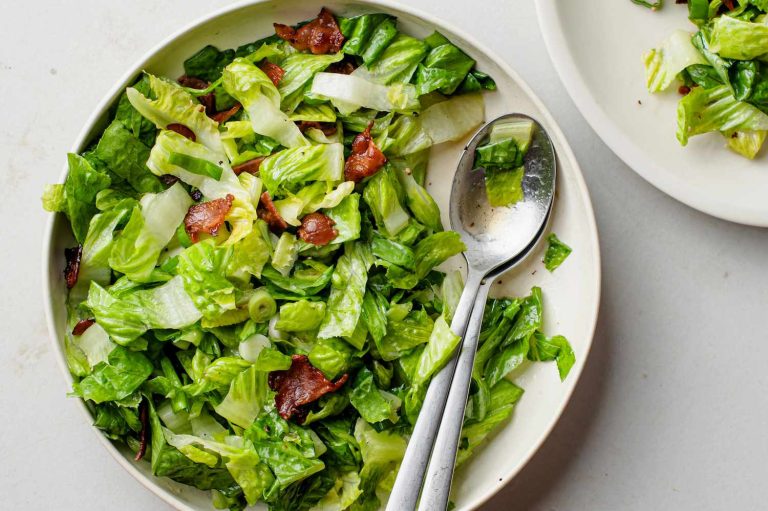Lemonade Pie Recipes: Easy, No-Bake, and Healthier Options
Lemonade pie originated as an American dessert in the mid-20th century. It gained popularity for its ease of preparation and refreshing flavor. The pie’s creation was influenced by a desire for a simple yet delicious treat during warmer months. Using staple ingredients found in most households, home cooks created a dessert that quickly became a family favorite. Over the years, the recipe spread, leading to various adaptations.
Variations Across Different Regions
Lemonade pie sees variations across different regions. In the Southern United States, you might find versions with richer, creamier textures using condensed milk. The Midwest often incorporates fruit garnishes like berries to enhance the visual appeal and flavor. Coastal areas prefer lighter versions, incorporating whipped cream for an airy finish. Despite these differences, the core elements—zesty lemon flavor and creamy texture—remain consistent, making lemonade pie a versatile and beloved dessert nationwide.
Key Ingredients in Lemonade Pie
The Role of Lemon Flavor
Lemon flavor defines lemonade pie, giving it its signature zesty taste. Fresh lemon juice and lemon zest are essential. They provide a bright, tangy citrus edge that complements the pie’s creamy texture.
Choosing the Right Sweeteners
Sweeteners balance the tartness of the lemons. Granulated sugar is commonly used for its straightforward sweetness, but alternatives like condensed milk add richness. Some recipes include honey or agave syrup for a unique flavor profile.
How to Make Lemonade Pie
Step-by-Step Preparation
To start making lemonade pie, gather these essential ingredients: 1 can (14 oz) sweetened condensed milk, 1/2 cup fresh lemon juice, 1 tablespoon lemon zest, 1 container (8 oz) whipped topping, and 1 graham cracker crust.
- Mix Lemon Juice and Condensed Milk: Combine the lemon juice and sweetened condensed milk in a medium-sized bowl. Stir until the mixture is smooth and thickened.
- Fold in Whipped Topping: Gently fold in the whipped topping until well mixed. Ensure the mixture remains light and airy for a creamy texture.
- Add Lemon Zest: Stir in the lemon zest to enhance the citrus flavor.
- Pour into Crust: Pour the mixture into the graham cracker crust, spreading it evenly.
- Chill: Refrigerate the pie for at least 4 hours or until it’s firm. For quicker results, place it in the freezer for about 1 hour.
- Fresh Ingredients: Always use fresh lemon juice and zest for the best flavor. Bottled lemon juice doesn’t provide the same citrus edge.
- Creamy Texture: To achieve a creamy texture, fold in the whipped topping gently. Over-mixing can result in a denser pie.
- Chilling Time: Allow sufficient chilling time. The pie sets better and flavors meld perfectly when given enough time in the fridge.
- Garnishing: Top the pie with additional lemon zest or thin lemon slices for a decorative touch. A dollop of whipped cream can also enhance its appearance and taste.
With these steps and tips, you can craft a delicious lemonade pie that’s sure to impress.
Reviewing Popular Lemonade Pie Recipes
Classic Lemonade Pie
Classic Lemonade Pie maintains its popularity due to its straightforward preparation and refreshing flavor. The recipe typically involves a graham cracker crust filled with a mix of sweetened condensed milk, lemon juice (freshly squeezed), and whipped topping. Follow these steps for a traditional approach:
- Crust Preparation: Crush graham crackers and combine them with melted butter and a bit of sugar. Press this mixture into a pie dish to form the crust.
- Filling Creation: In a bowl, blend sweetened condensed milk with fresh lemon juice until smooth. Gently fold in a whipped topping like Cool Whip to maintain a creamy texture.
- Chilling: Pour the mixture into the prepared crust and refrigerate for at least four hours. This ensures the filling sets and flavors meld.
- Garnishing: For added visual appeal and taste, garnish with lemon slices or zest before serving.
No-Bake Lemonade Pie
No-Bake Lemonade Pie offers convenience without sacrificing flavor, making it a favorite for those short on time. Ingredients typically include lemonade concentrate (frozen), sweetened condensed milk, whipped topping, and a pre-made graham cracker crust. You’ll find the following steps useful:
- Mixing the Filling: In a large bowl, combine defrosted lemonade concentrate with sweetened condensed milk. Mix until the combination is even.
- Adding Whipped Topping: Gently fold in whipped topping to keep the filling light and fluffy.
- Filling the Crust: Pour the mixture into the pre-made crust, distributing it evenly.
- Refrigerating: Chill the pie in the refrigerator for four to six hours to allow it to set properly. This step avoids the need for baking and retains the pie’s cool texture.
- Decorating: Add lemon zest or mint leaves to the top before serving to enhance both flavor and appearance.
By exploring these recipes, you can enjoy the timeless appeal and modern convenience of lemonade pie.
Health and Nutritional Considerations
Caloric Content of Lemonade Pie
Lemonade pie offers a delightful treat, but it’s essential to consider its caloric content. Typically, a single slice (about 1/8 of a standard 9-inch pie) ranges from 250 to 400 calories. The classic version with a graham cracker crust, sweetened condensed milk, lemon juice, and whipped topping contributes to this range. Key ingredients affect the caloric content: sweetened condensed milk (about 130 calories per ounce) and whipped topping (approximately 20 calories per tablespoon). Paying attention to portion sizes ensures you enjoy the pie while managing calorie intake.
Adapting the Recipe for Healthier Options
Modifying the lemonade pie recipe allows you to enjoy it with fewer calories and healthier ingredients. Several strategies include:
- Low-Fat Ingredients: Use low-fat or fat-free sweetened condensed milk to significantly reduce calorie and fat content. Opt for light whipped topping to further cut calories.
- Sugar Substitutes: Replace sugary additives with natural sweeteners like honey or stevia. This maintains sweetness while limiting sugar intake.
- Whole Grain Crusts: Substitute the graham cracker crust with a whole grain or oatmeal crust. This enhances fiber content and lowers glycemic impact.
- Fresh Lemon Juice: Prefer fresh lemon juice over concentrate. Fresh juice offers more nutrients and fewer preservatives.
Implementing these adjustments makes the lemonade pie a more nutritious option without compromising its flavor.
Conclusion
Lemonade pie offers a delightful blend of simplicity and refreshing flavor, making it a favorite for many. Whether you opt for the classic version or the no-bake variation, achieving the perfect creamy texture and flavor is key. By considering health-conscious modifications like low-fat ingredients and sugar substitutes, you can enjoy this dessert guilt-free. With these tips, you’re well-equipped to create a lemonade pie that’s both delicious and nutritious.






